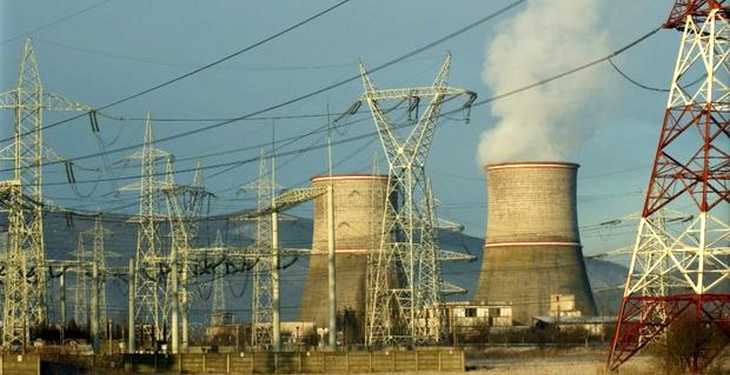The European Commission published on Thursday tighter new standards for the bloc’s most polluting power plants, including many large coal-fired power stations, giving them four years to meet the lower emission standards. The decision, approved by the member states in April, was published in the Official Journal of the European Union, which means it has officially taken effect.
The new standards include tighter rules for emissions of nitrous oxides (NOx), Sulphur dioxide (SO2), mercury and tiny pieces of harmful dust known as ‘particulate matter’. These toxic substances are linked to a number of health and environmental issues, including the development of asthma in children and the pollution of Europe’s air and water.
The fuels covered by the decision include solid fuels such as coal or lignite, biomass, liquid fuels, gas, industry-specific fuels and waste, except mixed municipal waste.
Many of the coal stations in Romania, Bulgaria and Poland are still hoping for a transition period and alleviations. Sorin Boza, executive manager of CE Oltenia (Romania) said recently in a press conference organized by energynomics.ro that instead of nominal quantities of toxic substances mentioned in the EU regulations, a much more appropriate approach would be a formula taking into account the efficiency of energy generation from specific energy primary resources.
In Bulgaria, the Ministry of Energy estimated that the price of electricity produced by Bulgaria’s largest coal-fired power plant – the state-run Maritsa East 2 TPP – should go up by 27 per cent, if the 1450-megawatt lignite-fired power plant is to fulfill the planned tighter limits on sulfur dioxide emissions.
Moreover Maritsa East 2 estimates that it must invest at least BGN 600 m (about EUR 300 m) in order to comply with the new thresholds for SO2 and NOx emissions levels, writes http://www.publics.bg.
US renewable energy growth helped prevent thousands of deaths
“These new requirements will help speed up the energy transition as the most polluting plants are closed. While the clock is ticking it’s up to national authorities to decide how much pollution they want to cut; the European rules are just a safety net setting out the minimum action required”, commented Christian Schaible, a manager at the European Environmental Bureau, a network of environmental groups.
An EEB report published last year said the new rules have the potential to prevent 20,000 premature deaths every year from coal plants alone. Because the new standards apply not just to coal power stations but to all large combustion plants in the EU, the potential health and environmental benefits will be even more significant, the EEB said.
